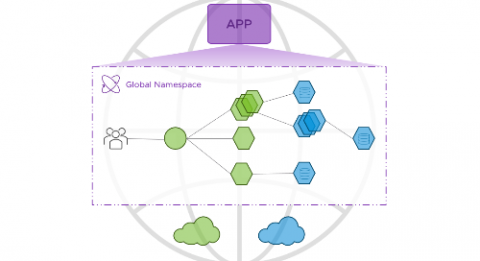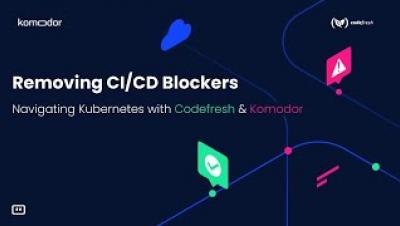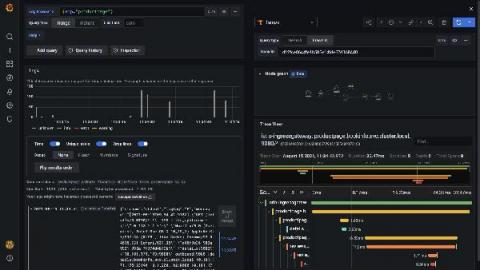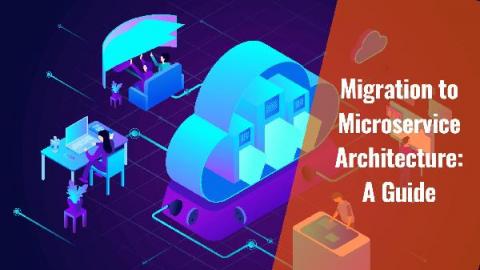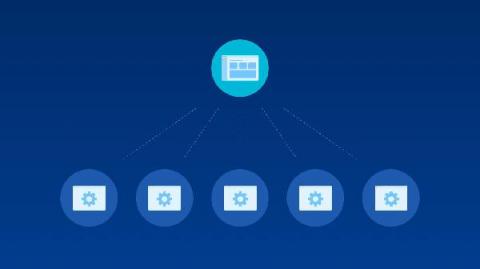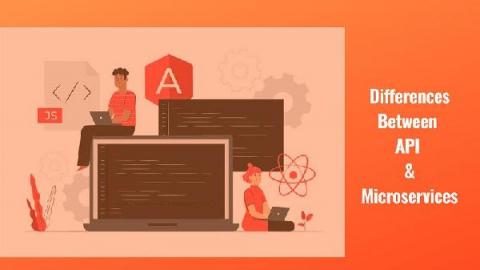SOA vs microservices: going beyond the monolith
Modern software development increasingly relies on distributed, service-based architectural patterns to achieve scalability, reliability, and rapid build, test, and release cycles. Two of the most popular service-based approaches are service-oriented architecture (SOA) and microservices. In this article, we will examine both approaches to identify their similarities and differences as well as some use cases for each.



